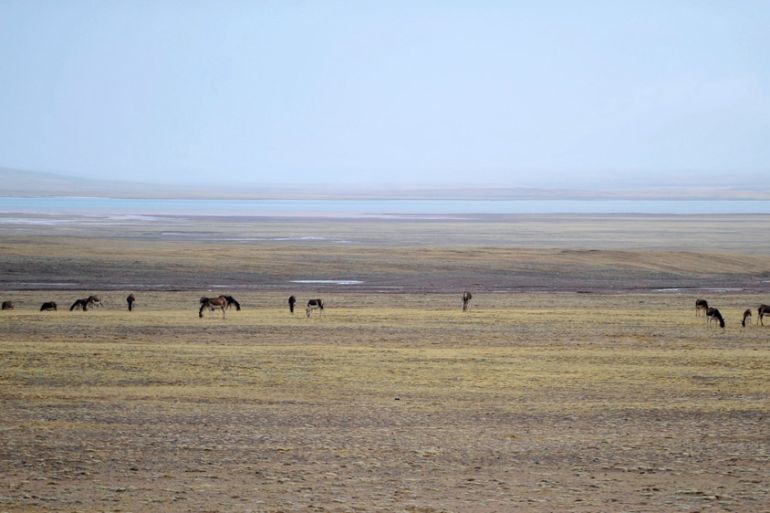UNESCO declares Chinese plateau a World Heritage Site
Tibetan activists fear World Heritage Site status for Hoh Xil may lead to displacement of Tibetan population.

UNESCO has declared China’s Hoh Xil plateau a World Heritage Site.
Hoh Xil, located in Qinghai province bordering the Tibetan Autonomous Region (TAR), is home to a large Tibetan population.
Keep reading
list of 4 itemsEcuador spat: Trotsky to the shah, Mexico’s long history as home to exiles
Mandela’s world: A photographic retrospective of apartheid South Africa
‘Profoundly unjust’: Reactions to court overturning Weinstein’s conviction
It is the world’s largest and highest plateau at a height of more than 4,500km above sea level and maintains sub-zero temperatures year round.
Tibetan activists, including Tibetan scholar Tenzin Choekyi, have warned the UN cultural body that the decision will give the Chinese government an opportunity to displace more Tibetan nomads from the area, as well as threaten the unique biodiversity of the region.
The Chinese foreign ministry told Reuters that local herders will not be displaced and their lifestyle would be respected after activists expressed concerns regarding rights of Tibetan nomads.
READ MORE: ‘Roof of the world’ cries for climate action
Traditionally, Tibet consisted of three main areas: U-Tsang, Amdo and Kham. In 1965, the Chinese government formed the TAR, making it the only official Tibetan space, and incorporated parts of Kham and Amdo into Chinese provinces.
